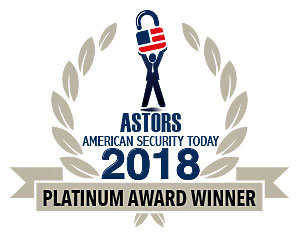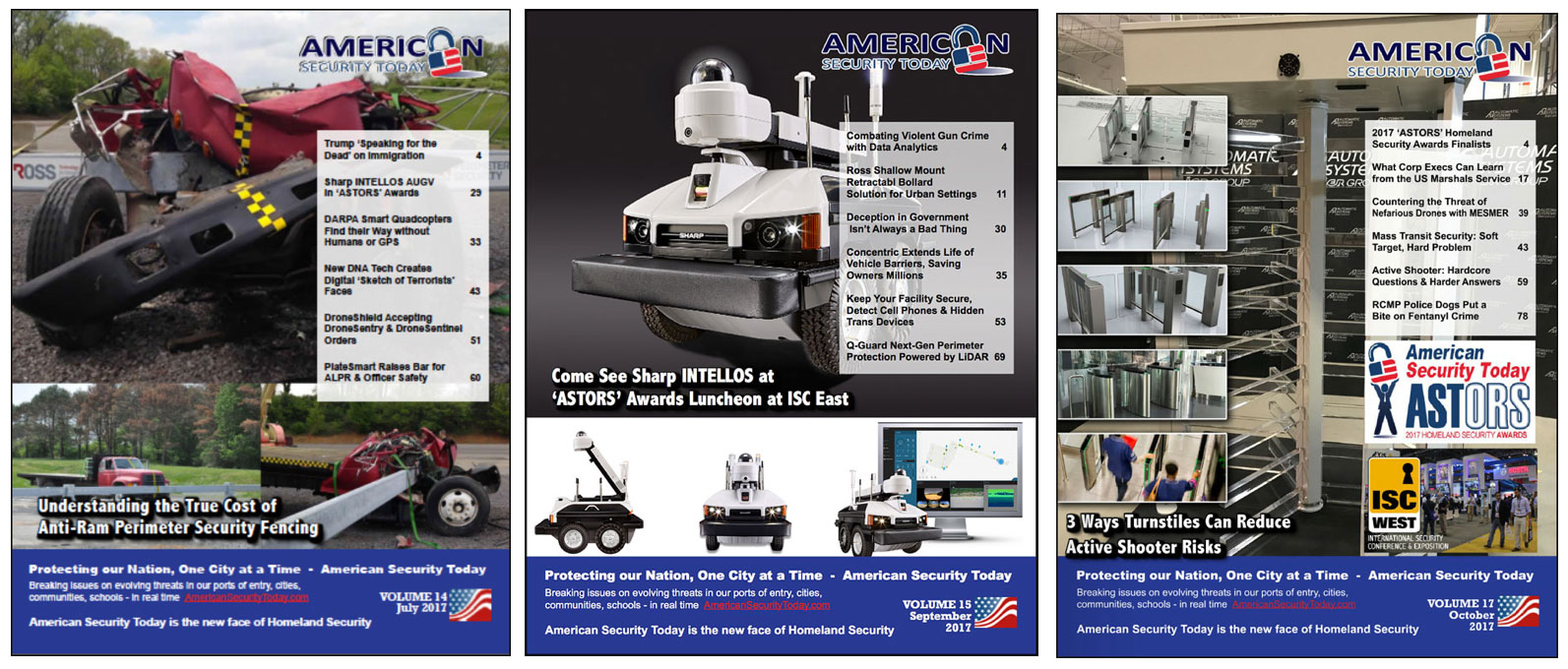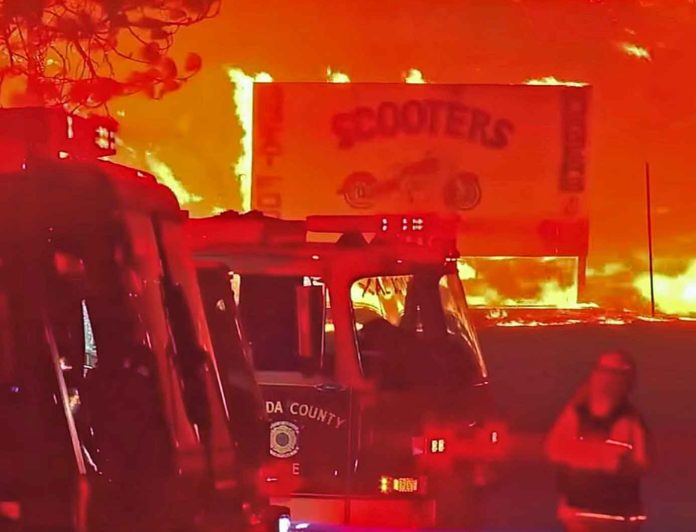
The hours and days following a mass casualty event can be fraught with uncertainty and pain as families and loved ones wait for news on missing family members.
Amid the chaos and devastation, medical examiners often provide closure as they identify victims in the aftermath, but their ability to do this quickly can vary depending on the size, scope, and type of disaster.
Such challenges were the case following the Camp Fire wildfire that killed 85 people and devastated communities in Paradise, California, in the fall of 2018.
DNA analysis became the first resort as it provided identifying information in under two hours when dental records and fingerprints weren’t available.
With the help of Rapid DNA technology, medical examiners were able to provide quicker closure for many families as compared to the weeks or months it can take to produce results in a traditional forensic lab.
(Rapid DNA boosted mass effort to identify remains from California wildfires. Technology that is also increasingly embraced by local law enforcement in the U.S. Courtesy of CGTN America and YouTube. Posted on Mar 18, 2019.)
Funded in part by the Department of Homeland Security (DHS) Science and Technology Directorate(S&T) , Rapid DNA technology, positively identified 85 percent of the victims in the aftermath of the disaster.
Two victims remain unaccounted for as of February 7, 2019.
Lending a hand in a time of anguish and crisis
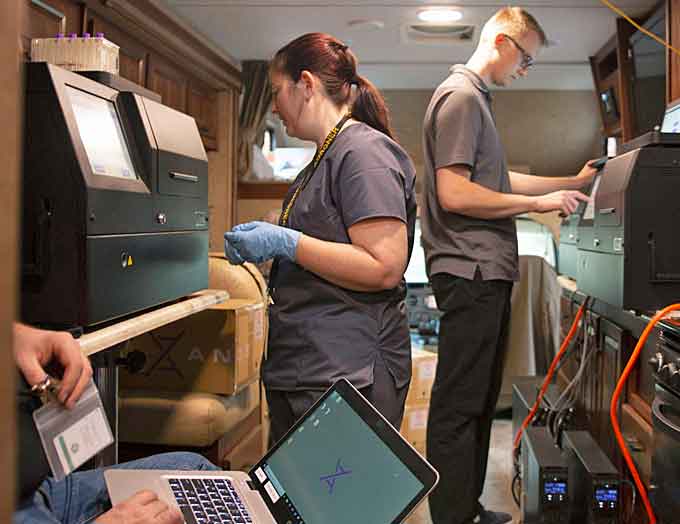
The Sheriff’s Office of Butte County, California, invited the ANDE Corporation, S&T’s commercial partner for the Rapid DNA technology, to help at the disaster site to analyze DNA samples.
ANDE is one of the two companies that developed technology for quick DNA analysis at DHS S&T’s request.
ANDE brought its machines to the disaster site to analyze and match samples from victims and relatives.
The Rapid DNA technology, which can simultaneously analyze five DNA samples in 90 minutes, helped identify victims in two stages.
First, it tested multiple samples of human remains to see which DNA samples were viable for identification.
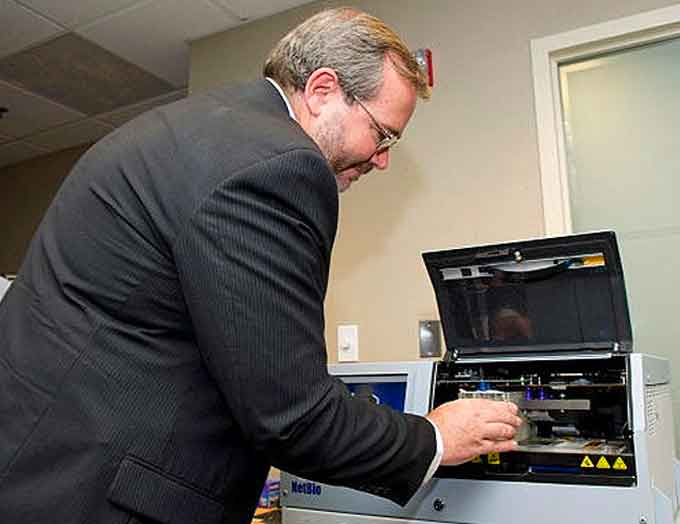
Chris Miles, DHS S&T Project Manager for Rapid DNA, and Dr. Amanda Sozer, a consultant for S&T, observed that ANDE and the Sacramento County Coroner’s Office were very well-coordinated for that effort.
ANDE brought a recreational vehicle equipped with three Rapid DNA instruments, directly to the coroner’s office.
The ANDE team worked with the coroner’s medical staff to select remains for DNA extraction, analyzed the samples, and returned the results to the coroner.
Viable DNA samples were then matched to next of kin, a requirement for identification.
For that purpose, the Sheriff’s Office invited family members of missing persons to a local family assistance center where four additional Rapid DNA instruments were set up.
Three hundred family members, all looking for answers about their loved ones, volunteered their DNA to be processed for potential matches.
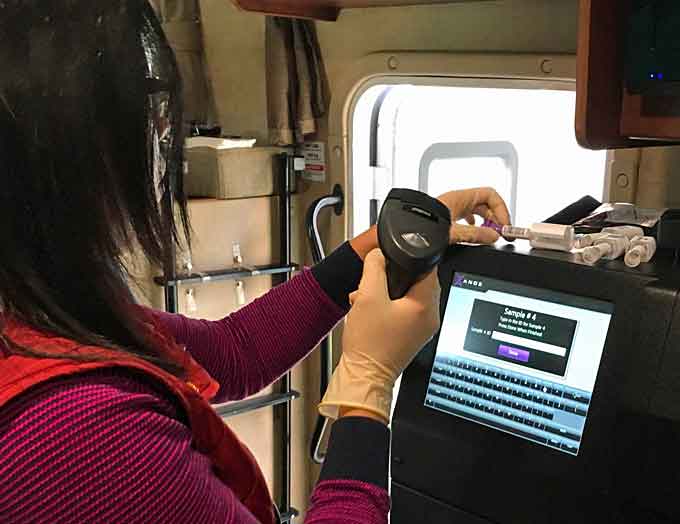
“Despite the extreme damage to the remains, the Rapid DNA machines were able to quickly make accurate matches and confirm victims’ identities,” said Miles.
“Rapid DNA became a priority tool for the Sacramento County Coroner’s Office during this event,” Miles said.
“I was glad to see we could help bring closure to many families.”
Why Rapid DNA?
Rapid DNA was developed in part because DHS needed a technology that can quickly analyze DNA to verify family relationships (kinship), and identify victims of mass casualty events and human trafficking.
To help DHS, S&T funded the development of aspects of the technology through its Small Business Innovation Research program (SBIR), which challenges industry to bring innovative homeland security solutions to reality.
ANDE came up with a portable machine that met the requirements set by SBIR and potential DHS end users.
(ANDE is dedicated to the development and commercialization of Rapid DNA products for human forensic identification, biothreat detection, and clinical diagnostics. The company believes that moving DNA analysis from the laboratory to the field will dramatically improve societal safety and health. By reducing crime, exonerating the innocent, monitoring borders, and reuniting families, Rapid DNA represents a fundamental opportunity for the public and private sectors to protect the innocent. Courtesy of ANDE Corporation and YouTube. Posted on Jun 5, 2018.)
“DHS S&T has been instrumental in supporting ANDE’s development of the Rapid DNA technology,” explained Dr. Richard Selden, ANDE’s Founder and Chief Scientific Officer.
“In addition to funding several projects, Chris Miles of S&T worked to include ANDE in a number of mock disaster victim identification exercises—experiences that were invaluable when we initiated our efforts at the Camp Fire disaster.”
(Hear from Dr. Richard Selden, ANDE’s Founder and Chief Scientific Officer, on the new DNA technology which is accelerating the process of identifying victims of California’s deadliest wildfire. Courtesy of 60 Minutes and YouTube. Posted on Dec 1, 2018.)
The most important part of the Rapid DNA machines is the BioChip – a specially designed single-use container that can hold five test tubes with a DNA sample in each.
The BioChip, which is inserted into the machine, is engineered to perform all DNA testing needed for analysis. When the results are ready, the BioChip is discarded and destroyed.
“In a traditional laboratory, you would move the sample from one machine, to another machine, to another machine, but Rapid DNA is all one machine,” said Sozer, whose company SNA International specializes in mass fatality response preparation.
“There is a whole lab in that BioChip.”
Experienced in victim identification, Sozer noted the value of this tool for mass casualty response.
“This new technology is much more rapid than traditional DNA labs,” she said.
“Rapid DNA takes an entire lab and puts it into a box the size of a desktop printer that can be used right at the location where it is needed.”
(Amanda Sozer, President of SNA International, discusses the power of DNA to reunite families after tragedies like Hurricane Katrina and the World Trade Center attacks. Courtesy of ISHI News and YouTube. Posted on Nov 14, 2018.)
In addition to disaster response, Rapid DNA’s success is attributed to the traction it has gained with the government.
The Rapid DNA Act of 2017 was passed to support criminal investigations by the Federal Bureau of Investigation.
Additionally, AABB, the former American Association of Blood Banks, provided Standards for Relationship Testing Laboratories in January 2018 required to accredit Rapid DNA for family relationship testing.
A recent study tested the Rapid DNA technology head-to-head against conventional laboratory DNA processing, and showed that conventional laboratory DNA processing had a first pass success rate of 77.2% while Rapid DNA had a 92% first pass success rate and an accuracy of 99.998 percent on the same samples.
S&T and the developers of the tool have also taken great strides to do their due diligence to address any privacy concerns with Rapid DNA.
ANDE analyzes only non-coding sections of DNA to protect the privacy of those tested, as gene-coding sites of DNA can reveal individual characteristics like hair and eye color, medical conditions and more.
Each DNA sample is tracked only by barcode and kept separate from the name, relationship claims and other privately identifiable information that’s only available to the coroner and sheriff’s office.
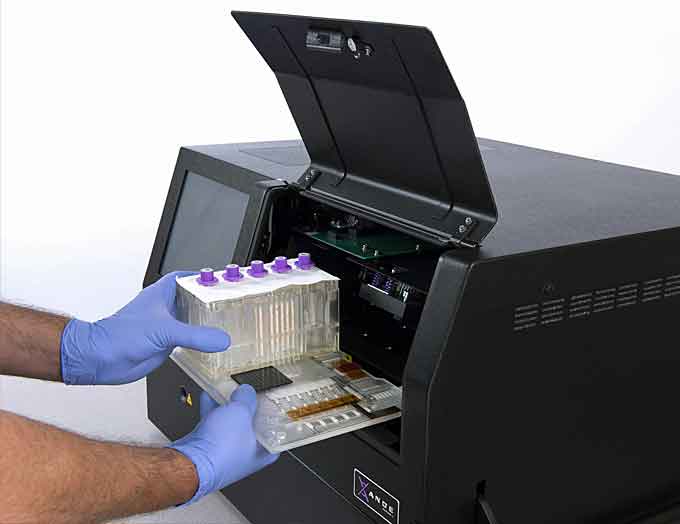
“I was glad to see that ANDE is still using the safeguards S&T built in,” Miles said.
In May 2019, a report on lessons learned from using Rapid DNA in response to fire-related events will be presented at the American Society of Crime Lab Directors conference.
Future plans
Now that Rapid DNA has proven its worth, the federal government is working to transition it to U.S. Customs and Border Protection and the U.S. Secret Service.
S&T also worked with the U.S. Citizenship and Immigration Services to publish new policy [PDF, 136 KB, 12 pp.] about DNA analysis to prove sibling relationships in 2018 and Rapid DNA is proving to be a high speed and accurate way to do so.
DHS Science and Technology Directorate (S&T) Honored in the 2018 ‘ASTORS’ Homeland Security Awards Program
-
‘Excellence in Homeland Security’
-
Android Team Awareness Kit (ATAK)
-
‘Excellence in Homeland Security’
-
Enhanced Dynamic Geo-Social Environ (EDGE) Virtual Online Training for First Responders
-
‘Excellence in Homeland Security’
-
Flood Apex Program Flood Sensors
-
*The Department of Homeland Security Science and Technology Directorate was also recognized in the 2017 ‘ASTORS’ Awards Program
The Annual ‘ASTORS’ Awards Program is specifically designed to honor distinguished government and vendor solutions that deliver enhanced value, benefit and intelligence to end users in a variety of government, homeland security and public safety vertical markets.

The 2018 ‘ASTORS’ Awards Program drew an overwhelming response from industry leaders with a record high number of corporate and government nominations received, as well as record breaking ‘ASTORS’ Presentation Luncheon Attendees, with top firms trying to register for the exclusive high – end luncheon and networking opportunity – right up to the event kickoff on Wednesday afternoon, at the ISC East registration!
Over 130 distinguished guests representing National, State and Local Governments, and Industry Leading Corporate Firms, gathered from across North America, Europe and the Middle East to be honored among their peers in their respective fields which included:
- The Department of Homeland Security
- The Federal Protective Service (FPS)
- Argonne National Laboratory
- The Department of Homeland Security
- The Department of Justice
- The Security Exchange Commission Office of Personnel Management
- U.S. Customs and Border Protection
- Viasat, Hanwha Techwin, Lenel, Konica Minolta Business Solutions, Verint, Canon U.S.A., BriefCam, Pivot3, Milestone Systems, Allied Universal, Ameristar Perimeter Security and More!
The Annual ‘ASTORS’ Awards is the preeminent U.S. Homeland Security Awards Program highlighting the most cutting-edge and forward-thinking security solutions coming onto the market today, to ensure our readers have the information they need to stay ahead of the competition, and keep our Nation safe – one facility, street, and city at a time.
The 2018 ‘ASTORS’ Homeland Security Awards Program was Proudly Sponsored by ATI Systems, Attivo Networks, Automatic Systems, Desktop Alert, and Royal Holdings Technologies.
Nominations are now being accepted for the 2019 ‘ASTORS’ Homeland SecurityAwards at https://americansecuritytoday.com/ast-awards/.
Comprehensive List of Categories Include:
| Access Control/ Identification | Personal/Protective Equipment | Law Enforcement Counter Terrorism |
| Perimeter Barrier/ Deterrent System | Interagency Interdiction Operation | Cloud Computing/Storage Solution |
| Facial/IRIS Recognition | Body Worn Video Product | Cyber Security |
| Video Surveillance/VMS | Mobile Technology | Anti-Malware |
| Audio Analytics | Disaster Preparedness | ID Management |
| Thermal/Infrared Camera | Mass Notification System | Fire & Safety |
| Metal/Weapon Detection | Rescue Operations | Critical Infrastructure |
| License Plate Recognition | Detection Products | And Many Others! |
Don’t see a Direct Hit for your Product, Agency or Organization?
Submit your category recommendation for consideration to Michael Madsen, AST Publisher at: mmadsen@americansecuritytoday.com.
2018 Champions Edition
 See the 2018 ‘ASTORS’ Champions Edition – ‘Best Products of 2018 ‘ Year in Review’ for in-depth coverage of the outstanding products and services of firms receiving American Security Today’s 2018‘ASTORS’ Homeland Security Awards.’
See the 2018 ‘ASTORS’ Champions Edition – ‘Best Products of 2018 ‘ Year in Review’ for in-depth coverage of the outstanding products and services of firms receiving American Security Today’s 2018‘ASTORS’ Homeland Security Awards.’
Enter Early to Maximize Media Coverage of your Products and Services at Kickoff, and Get the Recognition Your Organization Deserves!
And be sure to Register Early for the 2019 ‘ASTORS’ Awards Presentation Luncheon at ISC East 2019 to ensure your place at this limited- space event!
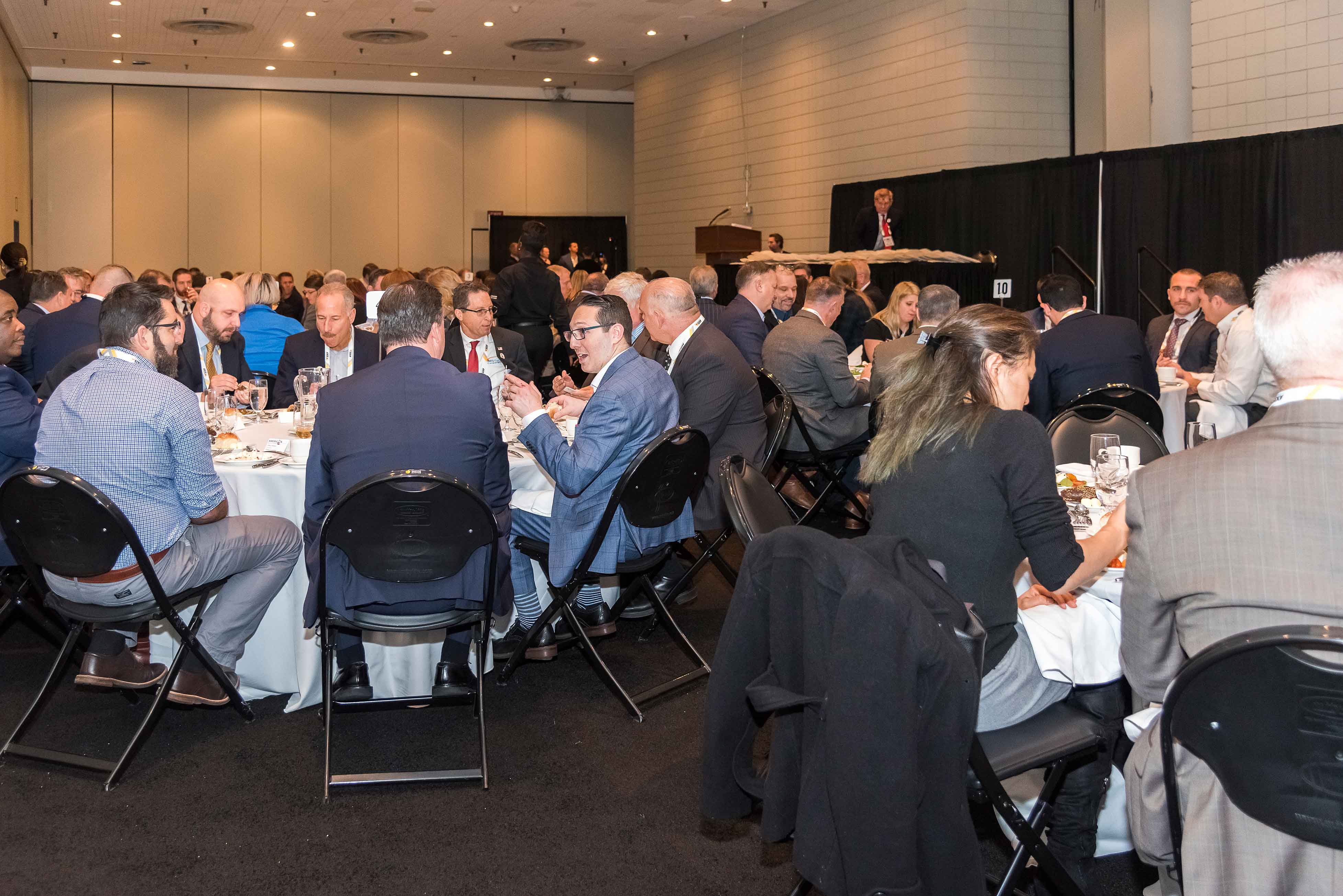
Why the 2018 ‘ASTORS’ Homeland Security Awards Program?
American Security Today’s comprehensive Annual Homeland Security Awards Program is organized to recognize the most distinguished vendors of physical, IT, port security, law enforcement, and first responders, in acknowledgment of their outstanding efforts to ‘Keep our Nation Secure, One City at a Time.’
Why American Security Today?
American Security Today is uniquely focused on the broader Homeland Security & Public Safety marketplace with over 70,000 readers at the Federal, State and local levels of government as well as firms allied to government.
The old traditional security marketplace has been covered by a host of security publications that have changed little over many years.
American Security Today brings forward a fresh compelling look and read with our customized digital publications that provides our readers with solutions to their challenges.
Our Editorial staff provides a full plate of topics for our AST monthly digital editions, AST Website and AST Daily News Alerts.
The editorial calendar and AST’s high drawing website features 23 different Technology and Marketing Sectors such as Access Control, Perimeter Protection, Video Surveillance/Analytics, Airport Security, Border Security, CBRNE Detection, Border Security, Ports, Cybersecurity, Networking Security, Encryption, Law Enforcement, First Responders, Campus Security, Security Services, Corporate Facilities and Emergency Response among others.
These sectors are part of the new integration, where these major applications communicate with one another in a variety of solutions to protect our cities and critical infrastructure.
AST has Expanded readership into vital Critical Infrastructure audiences such as Protection of Nuclear Facilities, Water Plants & Dams, Bridges & Tunnels, and other Potential targets of terrorism.
Other areas of concern include Transportation Hubs, Public Assemblies, Government Facilities, Sporting & Concert Stadiums, our Nation’s Schools & Universities, and Commercial Business Destinations – enticing targets for extremist or lone wolf attacks due to the large number of persons and resources clustered together.
As the research and development (R&D) arm of the Department of Homeland Security (DHS), the Science and Technology Directorate (S&T) focuses on providing the tools, technologies, and knowledge products the nation’s Homeland Security Enterprise needs today and tomorrow.














